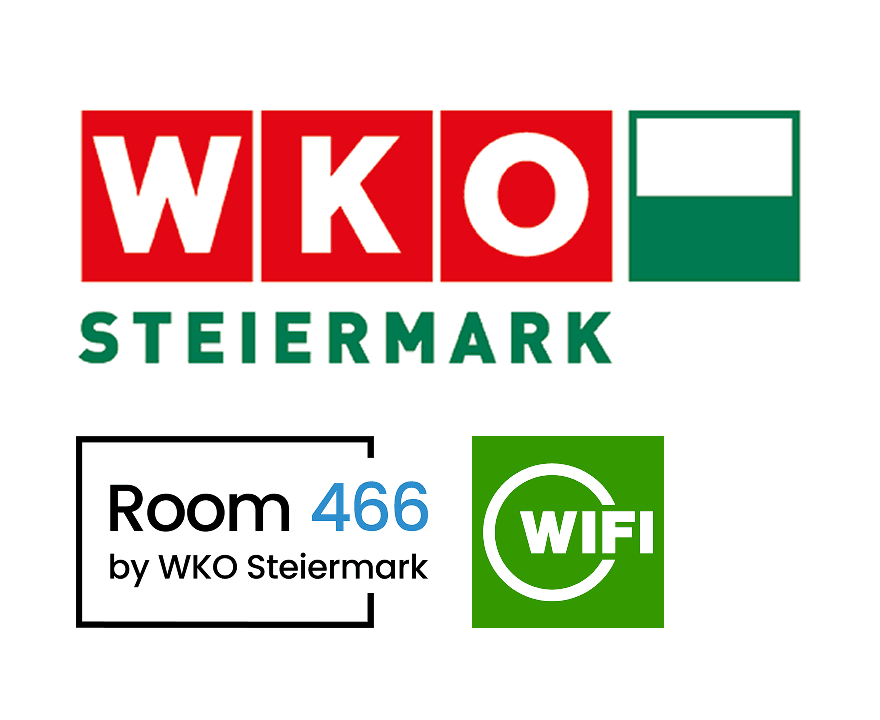WKO and WIFI: how two teams independently discovered MeisterTask
The Styrian Economic Chamber (WKO Styria) represents more than 100,000 businesses and supports them through consulting, training, and networking. A key partner is WIFI Styria—one of the region’s largest educational institutions—offering over 3,000 courses each year to more than 30,000 participants.
Thomas Narowetz, Head of Room 466 for Research and Development in Education at WKO Styria, and Heinz Vogel, Head of WIFI South, both belong to the education division within the organization. In their respective roles, they regularly face the challenge of planning, coordinating, and successfully implementing complex projects—from large-scale, internationally funded EU initiatives to custom training programs designed for individual companies.
The projects managed by both team leaders are extensive, often lasting several months or even years. Maintaining oversight and being able to track progress easily is therefore essential. This constant need for structure and visibility soon highlighted a gap—and the search began for a project management tool that could truly meet their needs.
When emails become a project management nightmare
For Heinz Vogel, email long served as his team’s main “project management tool.” Communication, file sharing, and status updates all happened via countless email threads—hardly a recipe for efficiency. Important details were easily lost, coordination took longer than necessary, and tracking progress was nearly impossible.
We sent hundreds of emails back and forth. When you’re working on several projects with different people and still have to handle daily business, that’s a nightmare.
Heinz Vogel
Head of WIFI South
Thomas Narowetz was all too familiar with the same issue. Fragmented communication across platforms made it difficult to stay on top of things and keep processes transparent. Both began searching for a better way—and independently arrived at the same solution: MeisterTask.
All roads lead to MeisterTask
Their paths to MeisterTask were different—but equally pragmatic. Heinz Vogel discovered the tool through a simple Google search, tested it, and immediately introduced it to his team. Thomas Narowetz, on the other hand, had already been an avid MindMeister and MeisterTask user in a previous role.
I’ve always loved working with mind maps. MindMeister was the perfect creative tool to develop ideas and structure tasks. Later, MeisterTask became a natural extension—I simply brought it with me.
Thomas Narowetz
Head of Room 466, WKO Styria
Both teams implemented the tools independently using Meister’s online resources.
We used the tutorials and shared them internally. It worked really well, even though there’s still room to improve how we use the tools.
Thomas Narowetz
Head of Room 466, WKO Styria
This self-driven rollout laid the foundation for a new, structured way of managing projects.
Clear structure, tangible benefits
Since introducing MeisterTask, both teams have seen major improvements in transparency, organization, and collaboration. Push notifications ensure that important updates never go unnoticed.
It’s more structured and easier to follow. What I really like is the push function—when someone posts an update, I get a notification on my phone right away.
Heinz Vogel
Head of WIFI South
The teams also rely on clear role distribution: every project includes at least two team members, ensuring that work continues smoothly during absences.
One of the biggest improvements is having a central platform where we organize all project-related tasks. As a team lead, I can check in anytime and immediately see what’s happening.
Thomas Narowetz
Head of Room 466, WKO Styria
One standout example is the Future Skills Forum 2024, organized entirely in MeisterTask—from speaker selection and internal coordination to event promotion.
Another major advantage is the ability to collaborate seamlessly with external partners. Whether managing EU-funded initiatives across Europe or custom client projects, MeisterTask provides clarity and traceability within teams and beyond organizational boundaries.
The numbers speak for themselves: both teams now manage several hundred projects in MeisterTask. With over 200 archived projects and a powerful search function, they’ve built a robust digital knowledge base—an easily accessible project archive that grows with them.
From individual use to an institutional standard
While both teams currently use MeisterTask and MindMeister independently, that’s about to change. A joint onboarding program is in the works to standardize workflows, deepen tool knowledge, and convince remaining skeptics of the tools’ value.
Thomas is confident that shared understanding and basic know-how will unlock Meister’s full potential.
Driven by curiosity, collaboration, and the flexibility of Meister’s software, both teams are paving the way for sustainable digital transformation—efficient, secure, and made in Europe.
